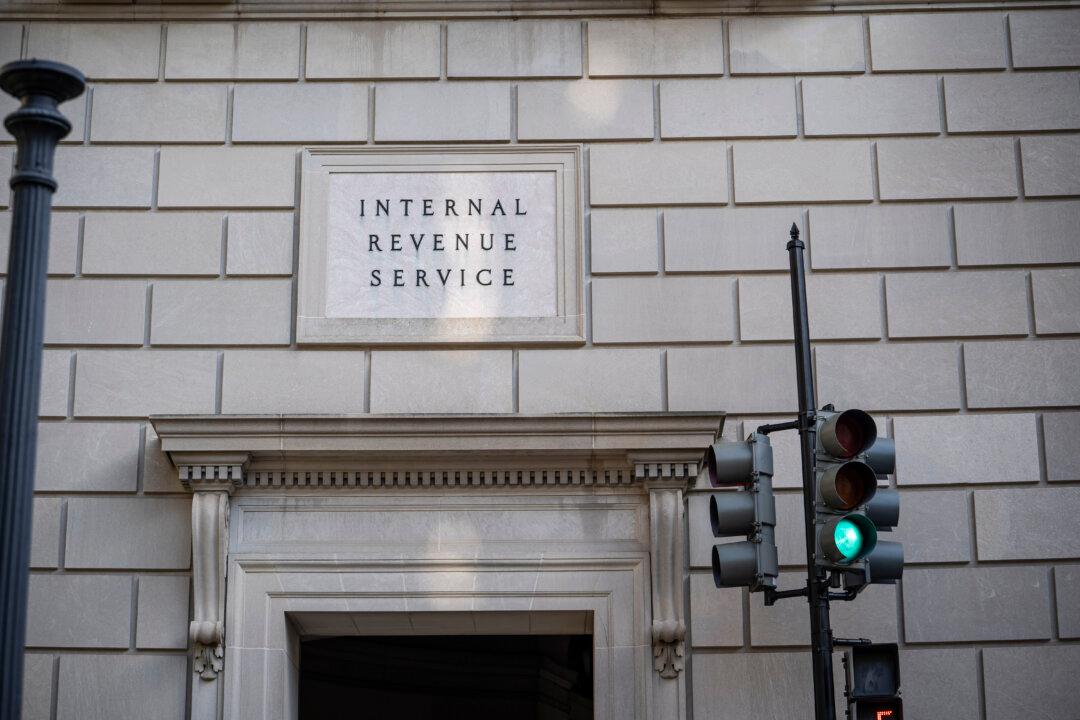The Internal Revenue Service (IRS) and the Treasury are preparing to launch a new program aimed at boosting the retirement savings of low and moderate-income Americans by offering taxpayer-funded matching contributions of up to $1,000 annually, deposited directly into their retirement accounts.
The Saver’s Match, introduced as part of the SECURE 2.0 Act, will replace the current Saver’s Credit. Unlike the nonrefundable Saver’s Credit, which only reduces taxes owed, the Saver’s Match offers up to $1,000 in direct contributions to a taxpayer’s retirement account.





